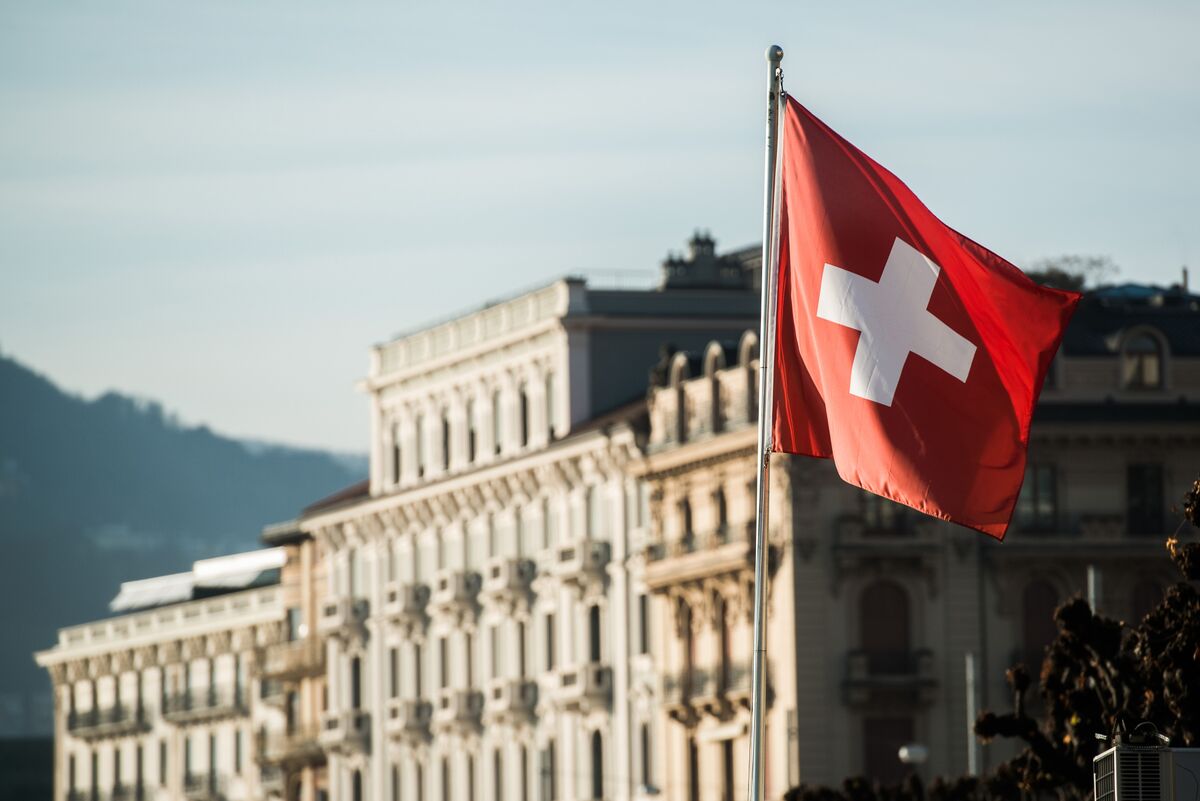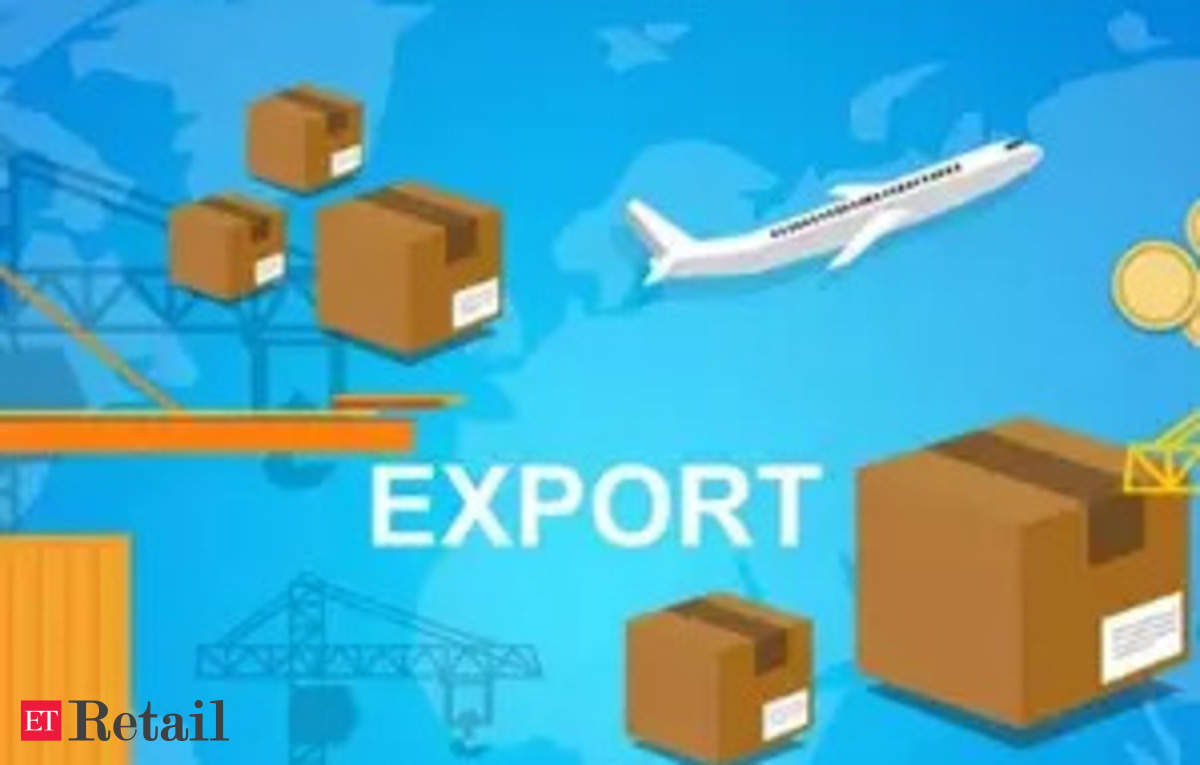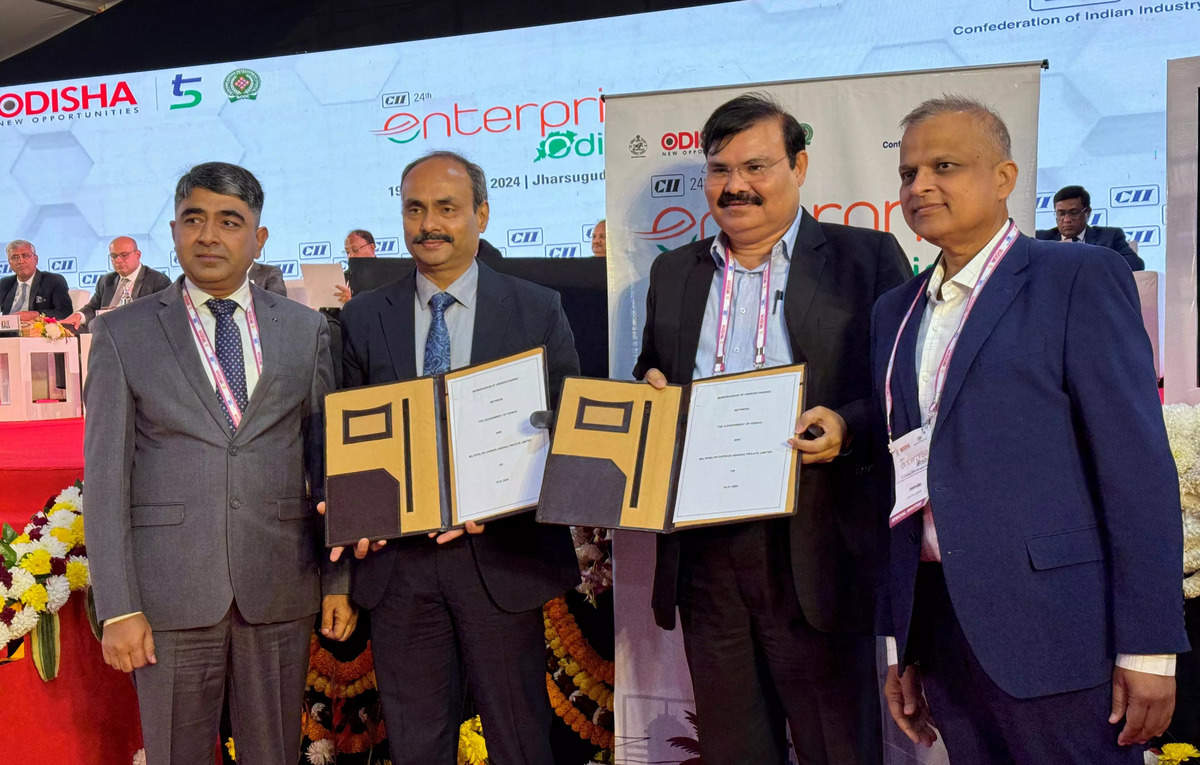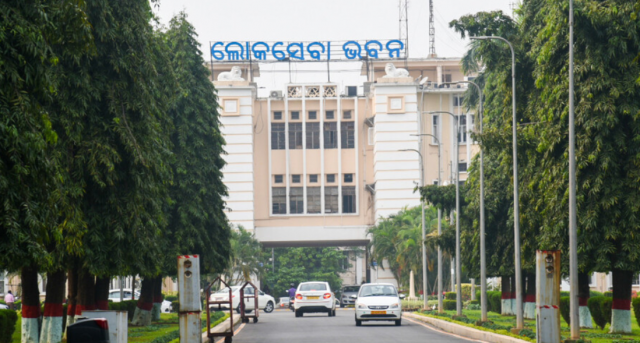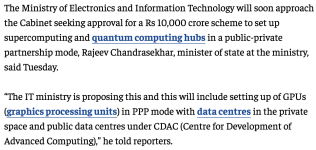
Cheaper Venezuelan crude oil may start flowing to India from next month after three years as domestic refiners are moving away from Russia to more economical energy imports after sanction-hit Moscow drastically reduced discounts to around $2 a barrel, three people aware of the development said.
In contrast, Venezuelan crude can be bought with effective discounts of around $8-10 per barrel after the US eased sanctions against the country mid-October, they said, requesting anonymity. Discounts are generally with reference to the benchmark Brent crude, which fell about 1% to $78.56 a barrel on Friday. The downward trend continued on Monday as Brent fell by 0.22% at $78.39 in morning trade.
In order to secure India’s growing energy needs, New Delhi has not only diversified its crude oil imports but also made efforts to resume imports from old suppliers such as Venezuela, said one of the people, a company executive. India, the world’s third largest crude oil consumer, imports more than 87% of its requirements. It is willing to secure supply contacts with any producer at economical rates, he added.
“Refiners have purely commercial considerations while importing crude. A while before the US sanctions actually hit India in 2020, Venezuela was among the key crude oil suppliers. It had become India’s the third largest supplier of crude oil in 2012 with new refineries as key takers, configured to process cheap but low-quality waxy Venezuelan crude,” said the second person, a government official. Reliance Industries’ Jamnagar plants and Essar (now Nayara) were the two main buyers of Venezuelan crude at that time and later some state-run refiners also contracted long-term crude supply contracts with PDVSA, the Venezuelan state oil company.
India’s imports from Venezuela surged to $11,729.89 billion in 2014-15, mainly on purchase of crude oil, according to data submitted in the Lok Sabha on July 31, 2017. The imports subsequently fell to $5,701.81 billion in 2015-16 because of a steep decline in global crude oil prices. Average crude oil import price of the country (the Indian basket), which was $86.14 a barrel in 2014-15, dipped to $46.17 in 2015-16, an over 46% fall.
Due to the US sanctions, imports from Venezuela (over 90% of crude supplies) saw a sharp fall from $6.05 billion 2019-20 to $714 million in 2020-21. It plunged further to $334 million and $178 million in 2021-22 and 2022-23, respectively. Other than crude oil, India imported dye intermediates, iron, copper and lead from the Latin American country.
Both public and private sector refiners have started negotiating long-term, large volume contracts with PDVSA. Some have also contracted immediate supplies and they are on the way, the third person said.
“With Venezuelan crude available in the market and some Indian refiners expressing interest in purchasing discounted Venezuelan crude to diversify their imports and capitalize on refining margins at the expense of some sour Middle Eastern grades, India’s crude import strategy is at a crucial and intriguing phase,” said Sumit Ritolia, refinery economics analyst at S&P Global Commodity Insights, an information provider.
Due to heavy discounts, refiners will prefer Venezuelan crude compared to Russian crude, which once rose to one-third of the Indian basket from about 0.2% in 2022-23, the people said. Russia contributed over 35% of India’s total crude imports in 2023, amounting to 1.7 million barrels per day, according to S&P Global.
In December, Indian imports of Russian crude oil averaged 1.43 million barrels per day, reflecting a decrease of 150,000 barrels per day compared with November, and a significant drop of 620,000 barrels per day from the peak in May, which marked India’s highest monthly imports from Russia.
In contrast, Venezuelan crude can be bought with effective discounts of around $8-10 per barrel after the US eased sanctions against the country mid-October, people aware of the matter said

www.hindustantimes.com




 www.cnbctv18.com
www.cnbctv18.com

